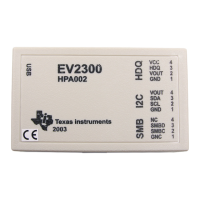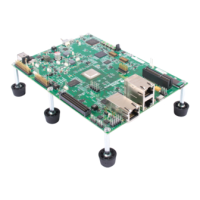TMS34010
C
Language
-
asm
Statement/Lexical
Scope
Rules
Warning:
Be
extremely
careful
not
to
disrupt
the
C
environment
with
asm
commands.
The
compiler
does
not
check
the
inserted
in-
structions.
Inserting
jumps
and
labels
into
C
code
can
cause
unpredictable
results
in
variables
manipulated
in
or
around
the
inserted
code.
The
asm
command
is
provided
so
you
can
access
features
of
the
hardware,
which
by
definition
C
is
unable
to
access.
Specifically,
do
not
use
this
command
to
change
the
value
of
a C
variable;
however,
you
can
use
it
safely
to
read
the
current
value
of
a
variable.
In
addition,
do
not
use
the
asm
command
to
insert
assembler
directives
which
would
change
the
assembly
environment.
The asm command is very useful in the context
of
register variables. A register
variable is a variable in a
C program that is declared
by
the user
to
reside in a
nachine register.
TMS34010
C allows
up
to
eight machine registers
to
be
allocated
to
register variables. These eight registers, combined
with
the asm
command, provide a means
of
manipulating data independently
of
the C en-
vironment.
4.9
Lexical
Scope
Rules
K&R 11.1
The lexical scope rules in
K&R
also apply
to
TMS3401 0
C,
except that struc-
tures and unions each have distinct name spaces for their members.
In addi-
tion, the name space
of
both enumeration variables and enumeration
constants
is
the same
as
for ordinary variables.
4-11
